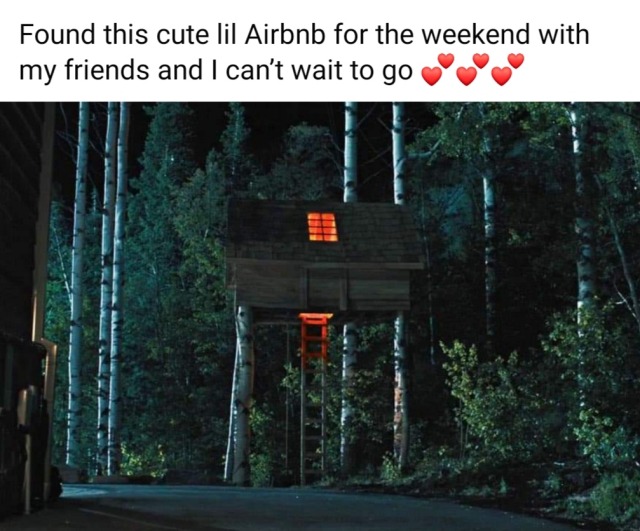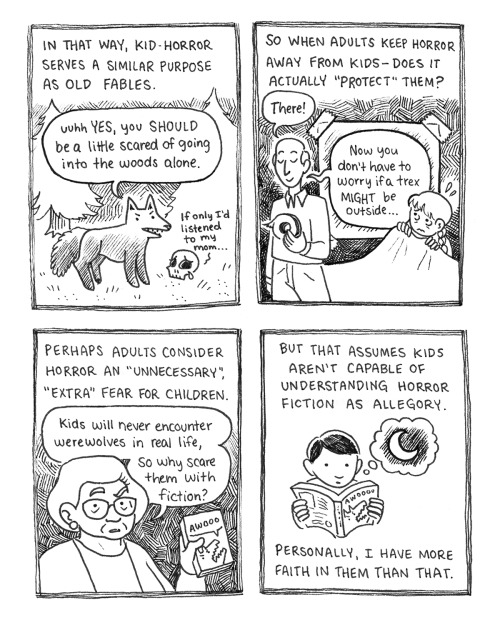#horror genre
Long post about Midsommar (!) ahead. I don’t think I’ve posted on Tumblr properly in over a year.
I think one of the things I absolutely adore about Ari Aster’s mind — even with the supposedly few questionable decisions he makes — is that he is unmistakably invested in exploring the dark and upsetting elements of familial and romantic relationships. This isn’t to say other filmmakers before haven’t attempted to play with the same parts but it is to say — without any apology —that Aster is able to breathe fresh and unprecedented life into a genre nearly dead. The thing about horror as a genre is that it is incredibly profitable but extremely risky. For that reason, horror doesn’t really get funding as much as other genres do.
Action movies, on the other hand, get financed for various reasons, including one that still surprises me: because Chinese consumers on the other side of the world often don’t speak English, they’re riveted by western action movies and thrillers simply because the body language — sheer physical movement — captivates them and informs them of the plot as opposed to, say, a drama or subtle horror film that requires more of an understanding of the spoken language the characters deliver.
One of the most interesting things about Aster’s pitching style is that he doesn’t necessarily pitch his films as horror; he pitches them as drama. He said that much during an interview about Hereditary. And when the project of Midsommar came up, Aster was asked by a company to make the film and he was initially reluctant. Horror fans know that cults are convenient and frequent matter to work with. To truly invest in it, Aster asked the company (a Swedish one, if I’m recalling correctly) if he could somehow inject a breakup into the story. He later on told the press that he was going through one at the time of writing the script (which I’ve read four times and still get disturbed by).
I’ve never really felt compelled to talk about a filmmaker (apart from, say, people like Tarkovsky or Parajanov [who also inspired Aster]) because I don’t leave their films feeling stunned or etched. I don’t feel the breath knocked out of me. When Toni Collette’s character is shrieking at her son (who I dressed up as last year for Halloween), there’s a kind of horror about that entire scene in Hereditary that’s not fantastical. It’s so banal and relevant to so many viewers; a parent obliterating their child’s sense of security through sheer verbal assault. I remember watching that film five times and feeling very disturbed and hurt every single time that scene happens. It takes a very observant filmmaker to zero in on the sheer horror of an all-too-common split to bring it out on screen and make people viscerally remember: “I felt this, too.”
Of course, there’s some criticism about Midsommar but I have yet to read a single argument that compels me to think, this is a weak film. That said, Aster does use a few tropes (I can count on one hand) — and who doesn’t — to make his film jarring for a certain kind of viewer. But that’s about it. The rest of the film is a beautiful, terribly bright, awful nightmare that has one hooked. The are not enough solid arguments to break Midsommar’s case, in my opinion. Perhaps one of the most powerful arguments in favor of Aster’s Midsommar is that he uses the antithesis of horror’s most common element — physical darkness and shadows that can be used to obscure and play with the audience’s imagination — and turns it into something horrific. The brighter the film is, the harder it is to hide. The sun is constantly present. There are less than ten scenes where it’s night in Midsommar.
I’m South Asian and someone I know here in Los Angeles asked me how I felt about the South Asian woman in the film. I said I felt fine. I think it’s insulting to a viewer to coddle a certain person in a film about deathly cults. I’m not interested in representation on screen because in the three decades I’ve lived on earth, I have seen negligible material improvement for the minority group being represented (hopefully I will be proven wrong one day). Others had trouble with one of the tertiary characters who had a physical detail about him (I won’t reveal here) that made people justifiably think, “Why even put this here other than use someone’s physical form to freak people out?” And that’s a valid question. But one of the inconvenient truths about horror is that a lot of people, well before fiction even took on film form, are rattled by difference — simply difference — and some filmmakers like to lay that bare on screen. It’s a different and absolutely interesting debate on whether that is a limit of the filmmaker’s imagination or a cynical urge to exploit people’s biases.
I’d love to go on. I might be talking about Midsommar at an upcoming reading here in the city. But for now, I just want to say I’m beyond happy Aster exists and I think he does my favorite genre absolute justice. I’ve been watching horror films since I was seven. I’ve watched and read it so much that I can easily spot horror motifs (which can suck occasionally because I’ll have a pretty good idea of what’s coming) so it’s always a great surprise when a filmmaker steps in the arena and jolts me awake with their vision. Don’t reblog because I’m planning to delete this. Also, it’s great to see some of you still here.
I drew a quick little comics essay today about a topic near and dear to my heart: horror for kids!
Or, “why some kids like to read books that scare them, and why you should let them.”
Post link

Aww, cute lil retreat you say. I don’t have the mental bandwidth to disagree.
Let’s purge the evil in me and plunge deep into the sea of troubles.
Reblog if you wish to join me.

My version of Trevor Hendersson’s Siren Head. Had a great livestream today starting this fella, going to post the finished sketch next week when we’ll also be starting another creature: the Selkie
If you enjoy reading spooky tales, join Ms. Jordi as she gives several YA book recommendations for middle and high school students that you can check out at the library. But be warned: Read if you dare!

“Horror’s not a symptom, it’s a love affair!”
I finished Stephen Graham Jones’ novel, “My Heart is a Chainsaw” about a week ago and I still have a lot of feelings about it. I like horror but I’ve never really enjoyed slashers and to read a slasher instead of watching one I think is what made this book so captivating. It’s dark, and beautiful, and heartbreaking. the main character, Jade, is one of a handful of main characters I’ve ever loved unapologetically in my life. Hot damn, Stephen Graham Jones just understood what it’s like to be weird, neurodivergent teen goth in a small town.
Horror is such an interesting genre to me.
Because like, ok, I don’t like horror movies. I don’t enjoy the experience of watching horror movies. And I almost never read horror novels. BUT, I find them absolutely fascinating from a literary analysis stand point.
Because all horror is about is using a supernatural force as a metaphor for a real world anxiety.
Slasher films tend to focus on the very simple anxieties of personal safety. (Is it any wonder why they are so popular here in the US with the way things are?)
Invasion of the body snatchers is classic cold war/ Russian spy anxiety. Are your neighbors really who they say they are, or are they spies for the enemy?
Vampire horror is often a mix of sexual anxieties (the fangs, the penetration, the vulnerability) and, especially if it’s leaning on Dracula tropes, xenophobic anxieties (outsider, stranger, not quite human), or depending on how it’s handled, anxieties about class (how often are they the rich, the elite, preying on and consuming and devouring the poor)
A lot of werewolf horror is an anxiety about the self- losing control, anger or hunger that you can not longer hold back and how it will hurt those around you.
Look at something like Goosebumps- horror written for kids. The anxieties of summer camp or moving to a new house or the weird bits of your house you aren’t supposed to go (under the sink, into the basement) because it *isnt safe* for some reason.
Jordan Peele movies have been so wildly successful, not just for being well made, but because they capture a rarely told perspective- the anxieties and threats faced by Black Americans filtered through a horror lens.
One of the Nebula finalists last year was Mexican Gothic by Silvia Moreno-Garcia, which looked into the horror of colonization and eugenics but, ya know, with terrifying supernatural elements as a metaphor.
And the supernatural metaphors are there to circumvent the logical, rational part of your brain- to go straight to the deep emotional lizard brain without you sitting there trying to apply all the real world nuance to the situation. These anxieties shortcut into your brain. And then it says- can we survive this? Can we overcome this? Can we make it until dawn? How?
And I think the way different stories and different writers have tackled that is really interesting.






